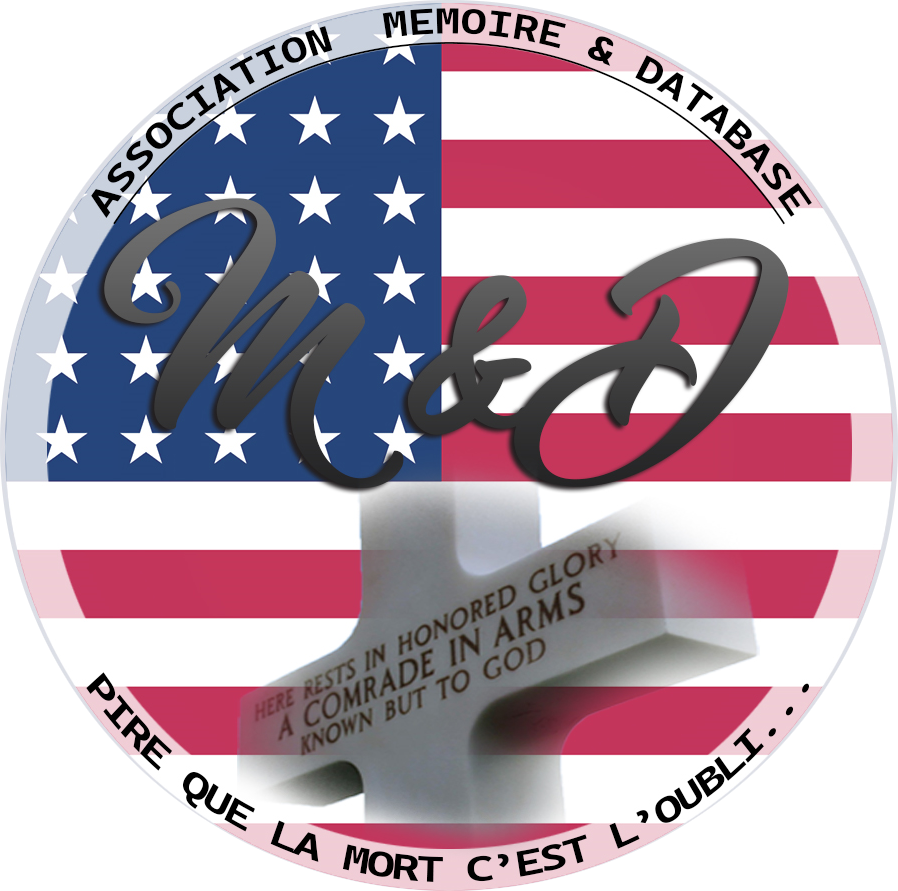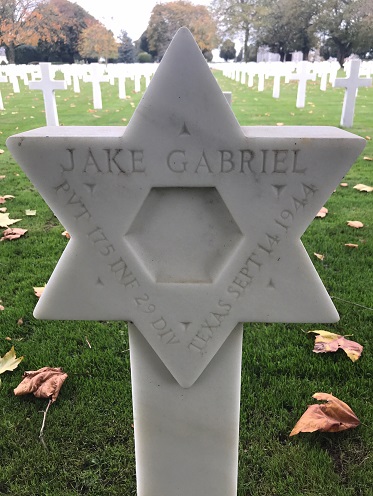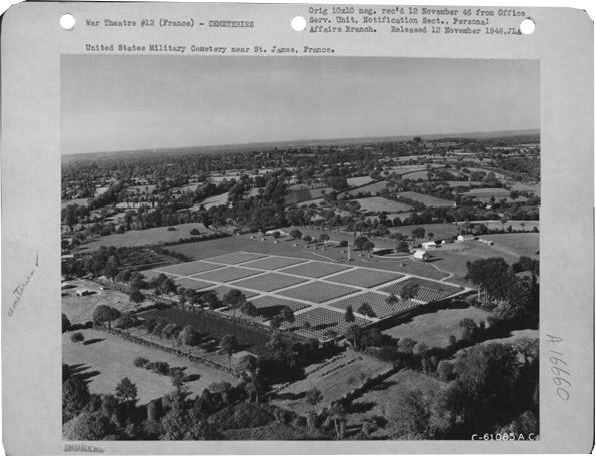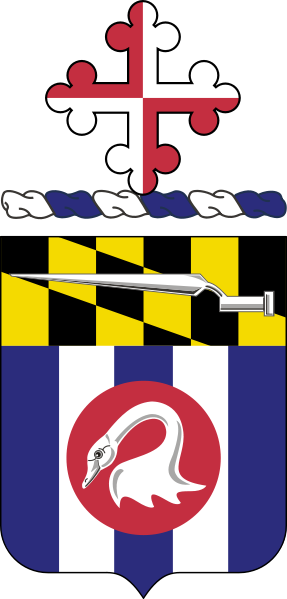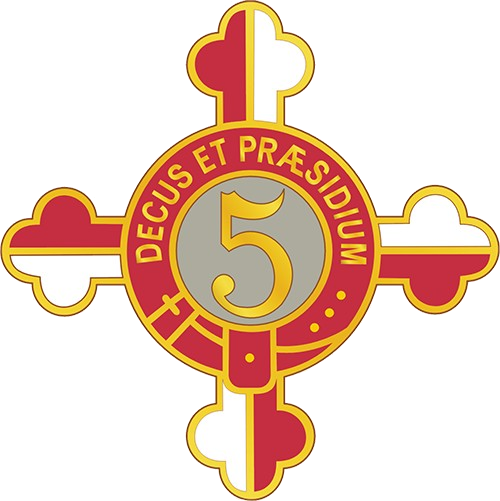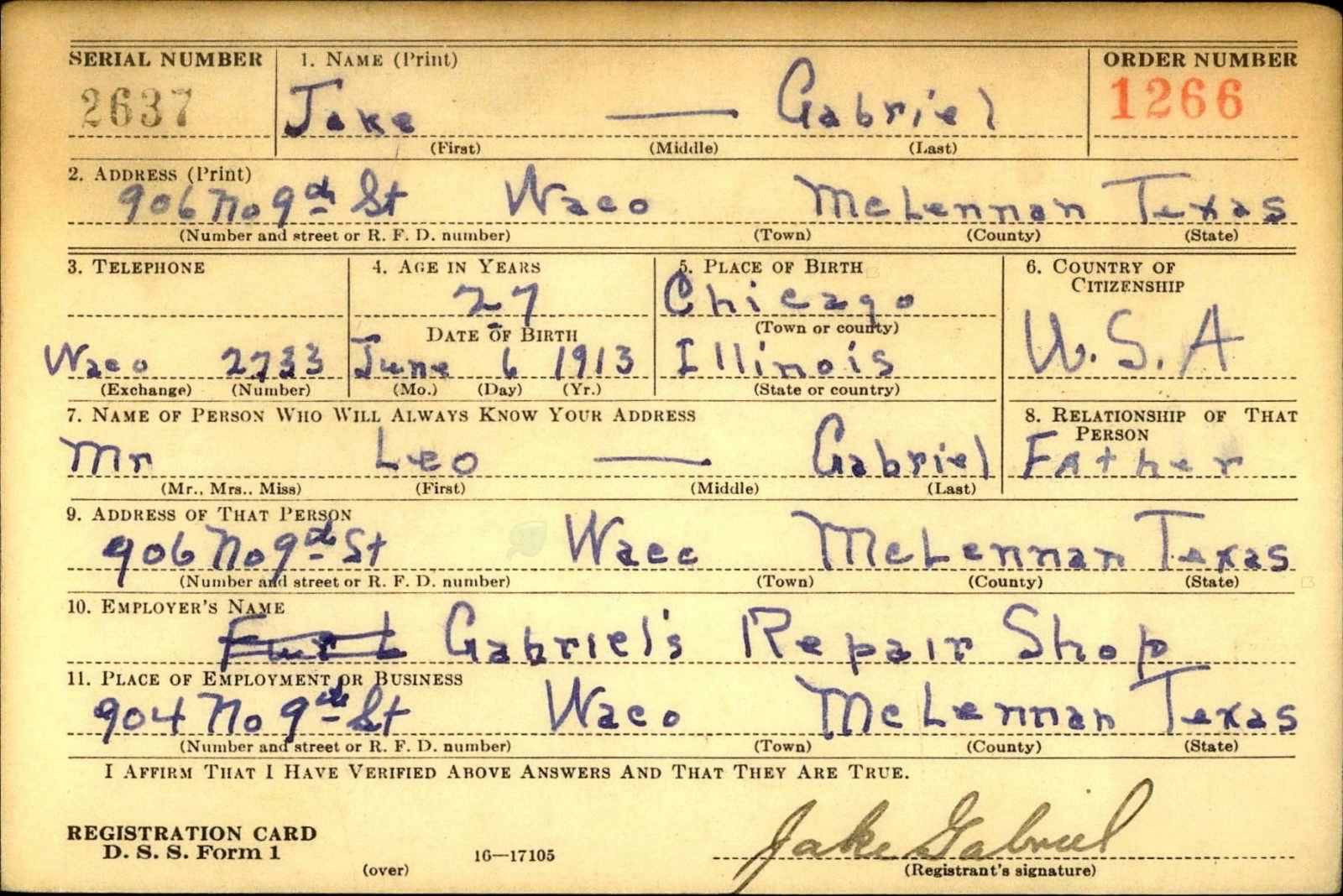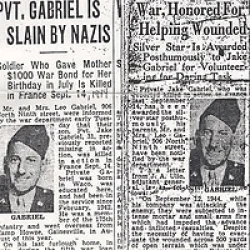|
Jake GABRIEL
| ||||||||||||||||||||||||
|---|---|---|---|---|---|---|---|---|---|---|---|---|---|---|---|---|---|---|---|---|---|---|---|---|
|
Source : JF Pellouais
| ||||||||||||||||||||||||
| NUMBER OF SERVICE | 38072426 | |||||||||||||||||||||||
| AGE | 31 yo | |||||||||||||||||||||||
| DATE OF BIRTH | 6 juin 1913 Chicago, Cook County, ILLINOIS | |||||||||||||||||||||||
| ENLISTMENT STATE | ILLINOIS | |||||||||||||||||||||||
| FAMILY |
Parents : Leo & Yetta Weprainsky GABRIEL Siblings : Harold & Sadie | |||||||||||||||||||||||
| RANK | Private | |||||||||||||||||||||||
| FONCTION | Infantry Man | |||||||||||||||||||||||
| JOB BEFORE ENLISTEMENT | Decorators and window dressers |  | ||||||||||||||||||||||
| DATE of ENLISTEMENT | 12 February 1942 Fort Bliss El Paso TEXAS | |||||||||||||||||||||||
| COMPANY | Company | |||||||||||||||||||||||
| REGIMENT | 175th Infantry Regiment | |||||||||||||||||||||||
| DIVISION | 29th Infantry Division | |||||||||||||||||||||||
| DATE OF DEATH | 14 September 1944 |
Source : Amyers | ||||||||||||||||||||||
| STATUS | KIA | |||||||||||||||||||||||
| PLACE OF DEATH | Brest | |||||||||||||||||||||||
| CEMETERY TEMPORARY |
CEMTERY TEMPORARY of -- N°--
| |||||||||||||||||||||||
| CEMETERY | BRITTANY AMERICAN CEMETERY of St James (Montjoie St Martin) | |||||||||||||||||||||||
| GRAVE |
| |||||||||||||||||||||||
| DECORATION |
| |||||||||||||||||||||||
| ||||||||||||||||||||||||
| STORY | ||||||||||||||||||||||||
|
$1.000 War Bond This is the story of my uncle, Private Jake Gabriel. His body lays to rest at the Brittany American Cemetary in St. James (Manche), France. Here is his story per a letter my grandparents received: "On September 12, 1944, while his company was attacking the enemy, they were subjected to intense mortar and small arms fire which has impeded the advance and inflicted casualties. Despite the necessity of having to evacuate the wounded across 500 yards of open terrain which was under continuous enemy fire, Private Gabriel, rifleman, volunteered for this perilous undertaking. Having worked at his task of evacuating the wounded for a period of two hours, Private Gabriel then organized parties of litter bearers composed of riflemen and led them to the wounded. Private Gabriel's actions, at great risk to his own pernal safety, undoubtedly resulted in the saving of the lives of many of his comrades. Such intrepid actions reflect great credit upon himself and the military service." My uncle sacrificed his life for these men of the 175th Infantry, 29th Division. He was posthumously awarded the Silver Star for his bravery. A soldier who gave his mother a $1000 War Bond for her birthday in July, is killed in France on September 14th 1944. Mr. and Mrs Leo Gabriel, were informed by the war department early tuesday that their son, Pvt. Jake Gabriel aged 31, previously reported missing in action, was killed in action in France September 14th. Private Gabriel was born in Waco and educated here, and had been in service since February 1942. He was a member of the 175th Infantry and went overseas from Camp Howze, Gainesville. If anyone visits the Brittany Cemetary, he is laid to rest in Plot G, Row 13, Grave 7. It is Jewish tradition to visit the grave and place a stone on it to show that he has not been forgotten. Please, if you are there, place a stone on my uncle's grave. Remember, he gave his life so others may live. He did not care what their race, religion or ethnic backgroud was. They were his comrades in arms. Source : Normandy1944.info | ||||||||||||||||||||||||
|
Posthumously awarded silver star for bravery above and beyond the call of duty; On september 12, 1944 while company was attacking the enemy, they were subjected to intense mortar and small arms fire which had impeded the advance and inflicted casualties. volunteered to evacuate the wounded across 500 yards of open terrain, which was under continuous enemy fire. worked at the task of evacuating the wounded for 2 hours and then organized parties of litter bearers, composed of rifleman and led them to the wounded. his actions, at the cost of his life, resulted in the saving of the lives of many of comrades. entered the service on february 1942. Served as a member of the 175th regiment division. |  | |||||||||||||||||||||||
|
Source : Fold 3 | ||||||||||||||||||||||||
|
175th Infantry Regiment In 1939 the Fifth Regiment, in anticipation of its induction into the active Army, began to prepare, using its annual training to prepare for combat. On 31 December 1940, the Army re-designated the Fifth Regiment as the 175th Infantry Regiment to avoid confusion with the Regular Army's 5th Infantry Regiment and designated as one of three infantry regiments of the 29th Infantry Division. In January 1941, the regiment was federalized. The 175th moved to Ft. Meade, Maryland, where it was reinforced by an influx of draftees in April and participated in 29th Division maneuvers in North Carolina that fall. The regiment trained in the United States until 5 October 1942 when it sailed to England on the ocean liner RMS Queen Elizabeth. The 175th was quartered at the Tidworth Barracks where it underwent intense training until its move to Cornwall. The regiment trained on the cold moors during the late summer of 1943 and then transitioned to invasion training. It performed amphibious assault training at Slapton Sands. It was then moved to the invasion assembly area in Devon. On 4 June 1944, the regiment boarded the LSTs which would carry them to the beaches of Normandy. Following a 24-hour delay, the 115th and 116th Infantry assaulted the beaches on 6 June. The 175th, the 29th Division's reserve, landed on the still unsecured Omaha Beach on the morning of 7 June, and proceeded to its objective to seize the village of Isigny. It pushed through Isigny and crossed the Vire River and on to St Lo. The 175th fought stiff German resistance hedge row by hedge row. The 1st Battalion, 175th Infantry pushed the American lines to within three miles of St Lo, creating a salient into the German lines. The unit defended the high ground, known as Hill 108 but nicknamed "Purple Heart Hill" as they were surrounded on three sides. The regiment was rotated into the division reserve for the final thrust into St Lo. The 175th fought in Normandy until the end of August when the division was moved to Brittany to participate in the capture of Brest and the German submarine pens located there. Following the Battle of Brest, the division was moved to the Netherlands to participate in the 9th Army's drive to the Rhine River. The regiment played a significant role in capturing Jülich followed by the occupation of the industrial center of Mönchengladbach. The regiment was moved to occupy the lines along the Elbe River near Felberg. On 2 May 1945, a patrol from 3-175 Infantry made contact with elements of the 28th Company, 6th Guards Cavalry of the Russian army. Following the surrender of the German army, the regiment remained in Europe until 1 January 1946. The 175th demobilized between 11–17 January 1946, this time keeping the federal numerical designation. It reorganized as an infantry regiment and regained federal recognition on 12 November 1946. Source : Normandy1944.info | ||||||||||||||||||||||||
|
Source : Normandy1944.info | ||||||||||||||||||||||||
Activated/Activé |
Normandy/Normandie |
| 3 Feb 1941 | Days of Combat/Jour de Combat 242 |
| Casualties/Victimes 20 620 | |
Entered Combat/Entré au combat |
|
| 6 Jun1944 D-Day | |
|
Commanding Generals/Commandants généraux Maj. Gen. Milton A. Reckord (Feb 41 - Jan 42) |
Campaigns/CampagnesNormandy (6 Jun 44 - 24 Jul 44)
|
PLAN DE ROUTE DE LA CAMPAGNE - CAMPAIGN ROUTE MAP |
|
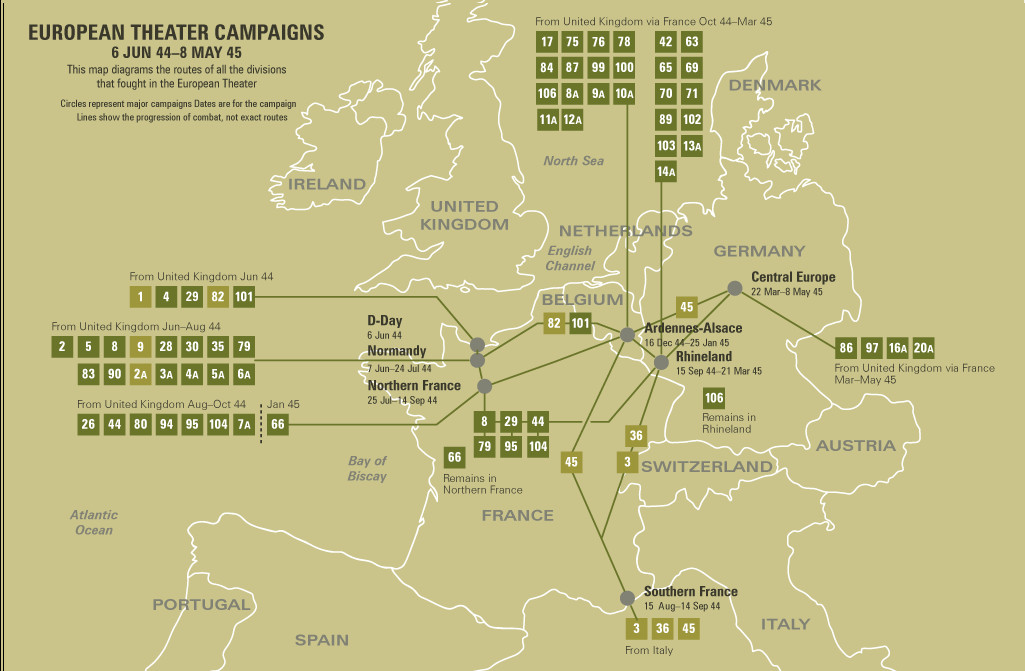 |
|
DIVISION CHRONICLEThe 29th Infantry Division trained in Scotland and England for the crosschannel invasion, October 1942-June 1944. Teamed with the 1st Division, a regiment of the 29th (116th Infantry) was in the first assault wave to hit the beaches at Normandy on D-day, 6 June 1944. Landing on Omaha Beach on the same day in the face of intense enemy fire, the Division soon secured the bluff tops and occupied Isigny, 9 June. The Division cut across the Elle River and advanced slowly toward St. Lo, fighting bitterly in the Normandy hedge rows. After taking St. Lo, 18 July 1944, the Division joined in the battle for Vire, capturing that strongly held city, 7 August. Turning west, the 29th took part in the assault on Brest, 25 August-18 September 1944. After a short rest, the Division moved to defensive positions along the Teveren-Geilenkirchen line in Germany and maintained those positions through October. (In mid-October the 116th Infantry took part in the fighting at the Aachen Gap.) On 16 November the Division began its drive to the Roer, blasting its way through Siersdorf, Setterich, Durboslar, and Bettendorf, and reaching the Roer by the end of the month. Heavy fighting reduced Julich Sportplatz and the Hasenfeld Gut, 8 December. From 8 December 1944 to 23 February 1945, the Division held defensive positions along the Roer and prepared for the offensive. The attack jumped off across the Roer, 23 February, and carried the Division through Julich, Broich, Immerath, and Titz, to Munchen-Gladbach, 1 March 1945. The Division was out of combat in March. In early April the 116th Infantry helped mop up in the Ruhr area. On 19 April 1945 the Division pushed to the Elbe and held defensive positions until 4 May. Meanwhile, the 175th Infantry cleared the Klotze Forest. After VE-day, the Division was on military government duty in the Bremen enclave. |
CHRONIQUE DE DIVISIONLa 29th Infantry Division s'entraîna en Ecosse et en Angleterre pour l'invasion crosschannel, d'octobre 1942 à juin 1944. En équipe avec la 1st Division, un régiment du 29th (116th Infantry) se trouvait dans la première vague d'assaut pour frapper les plages de Normandie. Le 6 juin 1944, débarquant à Omaha Beach, le même jour, face à un feu nourri de l'ennemi, la division s'empara bientôt des falaises et occupa Isigny, le 9 juin. La Division traversa la rivière Elle et s'avança lentement vers Saint-Lô, se battant amèrement dans les rangées de haies de Normandie. Après avoir pris St. Lo, le 18 juillet 1944, la division se joignit à la bataille de Vire pour s'emparer de cette ville fortement occupée, le 7 août. Tournant vers l'ouest, le 29 a pris part à l'assaut sur Brest, 25 août-18 septembre 1944. Après un court repos, la division a déménagé à des positions défensives le long de la ligne Teveren-Geilenkirchen en Allemagne et a maintenu ces positions jusqu'en octobre. (À la mi-octobre, le 116e régiment d'infanterie prit part aux combats à Aix-la-Chapelle.) Le 16 novembre, la division commença sa route vers la Roer, traversant Siersdorf, Setterich, Durboslar et Bettendorf, et atteignant la Roer par la fin du mois. Les combats intenses ont réduit Julich Sportplatz et le Hasenfeld Gut, le 8 décembre. Du 8 décembre 1944 au 23 février 1945, la division occupe des positions défensives le long de la Roer et se prépare à l'offensive. L'attaque a sauté à travers le Roer, le 23 février, et a porté la Division par l'intermédiaire de Julich, Broich, Immerath, et Titz, à Munchen-Gladbach, le 1er mars 1945. La Division était hors combat en mars. Au début du mois d'avril, le 116th Infantry a aidé à nettoyer la région de la Ruhr. Le 19 avril 1945, la division pousse vers l'Elbe et occupe des positions défensives jusqu'au 4 mai. Pendant ce temps, le 175th Infantry a dégagé la forêt de Klotze. Après le jour de la victoire, la division était en service militaire dans l'enclave de Brême. |
| SOURCE INFORMATION & PHOTO | Armydivs.squarespace.com |
|---|
| SOURCE INFORMATION & SOURCE PHOTO | Aad.archives.gov- Abmc.gov - Findagrave.com - Fold 3 |
|---|---|
| PROGRAMMER | Eric, Henri, Garrett, Clive, Frédéric & Renaud |


